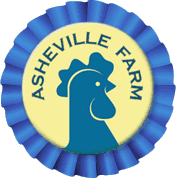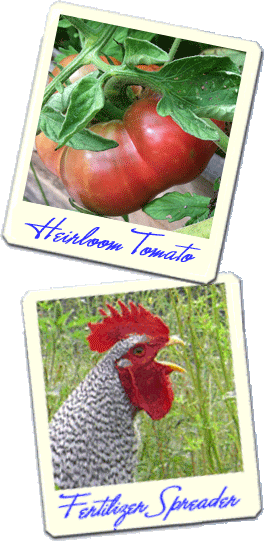
Farm Animal Health Tips
Disclaimer: We do not pretend to be experts in anything. But here are a few tips we believe helped pull us through assorted health challenges with our animals. These tips are meant solely to be suggestions to consider. To be safe, please check with your veterinarian or feed supply store for specific health challenges.
Guinea Fowl and Chicken Health Notes
Our birds have been very healthy, low-maintenance and productive except for three health issues:
Keets with splayed legs -- where leg(s) goes to the side rather than directly beneath:
Because guinea egg shells are so horribly strong (you could conceivably chip a bowl trying to crack a guinea egg against the edge), it is critical to monitor humidity levels carefully in an egg incubator. Otherwise, guinea keets may be unable to break free. And, while some poultry books say suggest against assisting these keets (for fear that you will be enabling chicks that 'just weren't strong enough to make it on their own' we refuse to subscribe to that advice. So, if a keet appears to be unable to break free, we will often assist.
The only problem we've noticed is that keets that were stuck too long in the shell may have weak or 'splayed' legs. If addressed on day 1, it usually takes only one day of medical tape hobbling to resolve the problem. (If the problem is not resolved within the first day and is left to its own devices, however, it usually only get worse and is harder to correct.)
Keets that lie on their side, one leg clenched to their body. Because they are on their side with only one functional leg, they spin like a helicopter when they try to walk. They also seem to lack balance:
Of the hundreds of keets hatched this year, we've had this occur only four times but the condition is heartbreaking to see.
We left the first one to resolve itself and the keet weakened and died within a couple days.
With the next two instances, we tried unsuccessfully to teach the keets to stand upright and relax the clenched leg using a fancy band-aid box "keet therapy chair," suspended by a large metal clip. They showed no improvement and were eventually "put down."
We thought the condition was hopeless but had success with the most recent case by setting the keet in a snug fitting box over night. (A thin, Ivermectin livestock anti-parasite medication box is the perfect size.) Amazingly, when taken out of the box, the keet seemed to have acquired a sense of balance, with the weaker leg strengthened. He was shaky at first but able to sit upright, which was a huge improvement. He is now perfectly healthy.
Someone said recently that this condition may be a symptom of an electrolyte imbalance. Next time, we'll offer the keet an electrolyte solution and see what happens.
Coccidiosis:
Despite keeping bedding, food and water as clean as possible, we had a bad case of coccidiosis with an early batch of chicks (the only young birds we purchased rather than hatched on our farm.) We tried conventional Sulfa medication for three days as prescribed but the problem persisted. We waited a few days and tried Sulfa again but still saw bloody stools. Finally, we replaced the chicks' drinking water with raw goats milk for three days and this halted the problem, almost within a day. (Apparently, raw milk coats the intestinal track, permitting the chick to heal and develop its natural immunity.)
If you have experiences regarding any of the Guinea keet or chick issues listed above, please share them with us.
Sheep and Goat Health Notes
Intestinal Parasites:We rotationally graze/browse our Icelandic sheep and dairy goats over 35 acres of pasture and woods, setting our paddocks with portable, electric netting from Premier 1 Supplies. We also use the FAMACHA Eye Color Chart for detecting internal parasite loads.
While we use commercial wormers as needed, we're trying to extend their efficacy with more sustainable and preventative worm-control methods. In addition to good herd, pasture and management practices , we're experimenting with:
- Food grade hydrogen peroxide (9 drops per gallon) in the drinking tank
- Heartland Microbes (1 tsp. per gallon) in the drinking tank
- Food grade diatomaceous earth (1 pound per 50) mixed with feed for a period of 21 days.
If you have experience using sustainable methods of internal parasite control (whether successfully or not), we'd appreciate hearing from you.




